The future of retail is convenient. This trend was recently brought home to us once again when we unveiled the results of a major in-depth study we ran across the globe.
The study - which analysed the behaviour of seven million shoppers at retailers worldwide - found consumers are now more likely to make frequent, smaller shopping trips, with average frequency of visits increasing by 18% over five years.
Our research also shows that by 2016, sales through the convenience format will be greater than all others channels combined. Between now and 2017, sales of convenience products are set to grow by 3.5% globally each year.
“Some 25% of convenience trips take place at supermarkets”
But if data underlines the importance of convenience - a key customer concern, regardless of income bracket or the channel or format - it also illuminates the importance of understanding what convenience really means.
Firstly, the convenience format is, somewhat ironically, considered inconvenient by some. Shoppers worry these stores won’t stock the products they are looking for and often elect to travel farther to a store where they believe they are more likely to find the items they need.
This has resulted in some 25% of all ‘convenience’ trips - in which baskets contain up to three items - taking place at hypermarkets or supermarkets, rather than convenience format stores.
So it’s essential that retailers cater for small-basket shopping trips across all store formats, which might mean placing convenience products near express checkout lanes, for example.
There’s also a clear shift in what consumers are looking for when it comes to convenience products, with healthy eating increasingly determining buying decisions.
Brands and retailers need to recognise that consumers are thinking holistically and making trade-offs across all dimensions of convenience. Achieving this means avoiding silo thinking. Historically, brands have focused on making products easier to consume or use, while retailers have focused on points of acquisition - making products easier to buy.
Increasingly, however, brands and retailers are recognising true convenience can be achieved by breaking down traditional boundaries between production and supply - apparent in the new breed of grocery delivery schemes offering complete and healthy meal solutions, such as HelloFresh in the UK and KommtEssen in Germany.
Crucially, demand for complete meal solutions exists among all customer groups - with those on a budget looking for healthy but substantial meals and the more affluent interested in bespoke offerings, including ‘fridge fills’ and personalised diets or eating plans. The hunger for convenience is also boosting food on the go, which means there will continue to be good opportunities around bundling formats such as Meal Deals.
By using robust data to truly understand consumers and how they are searching for convenience, brands and retailers can collaborate on mission-based layouts in an increasingly multichannel landscape.
Julian Highley is Dunnhumby global capability director






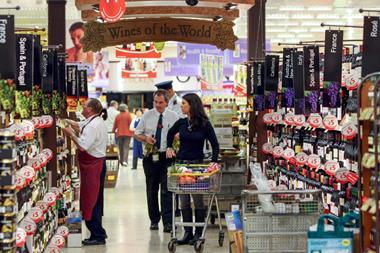
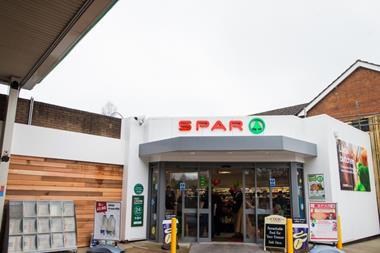
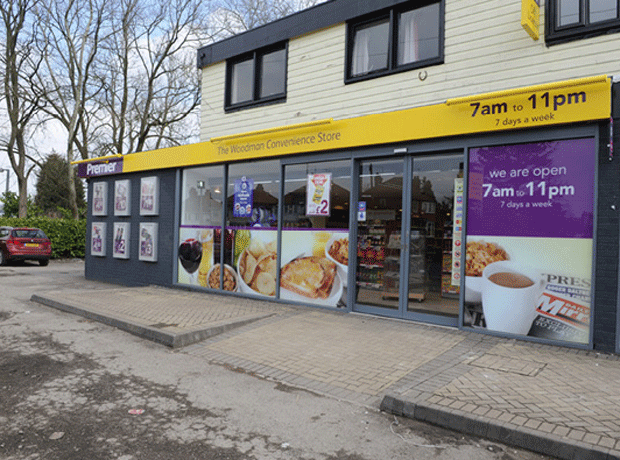

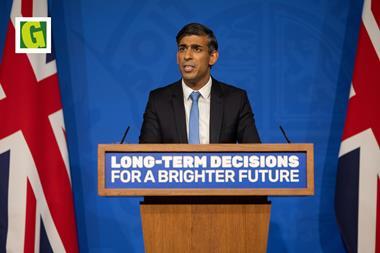
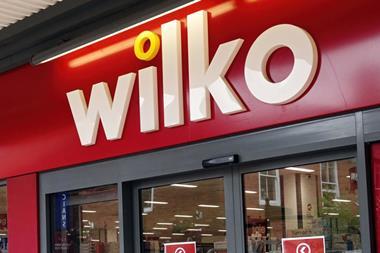



No comments yet